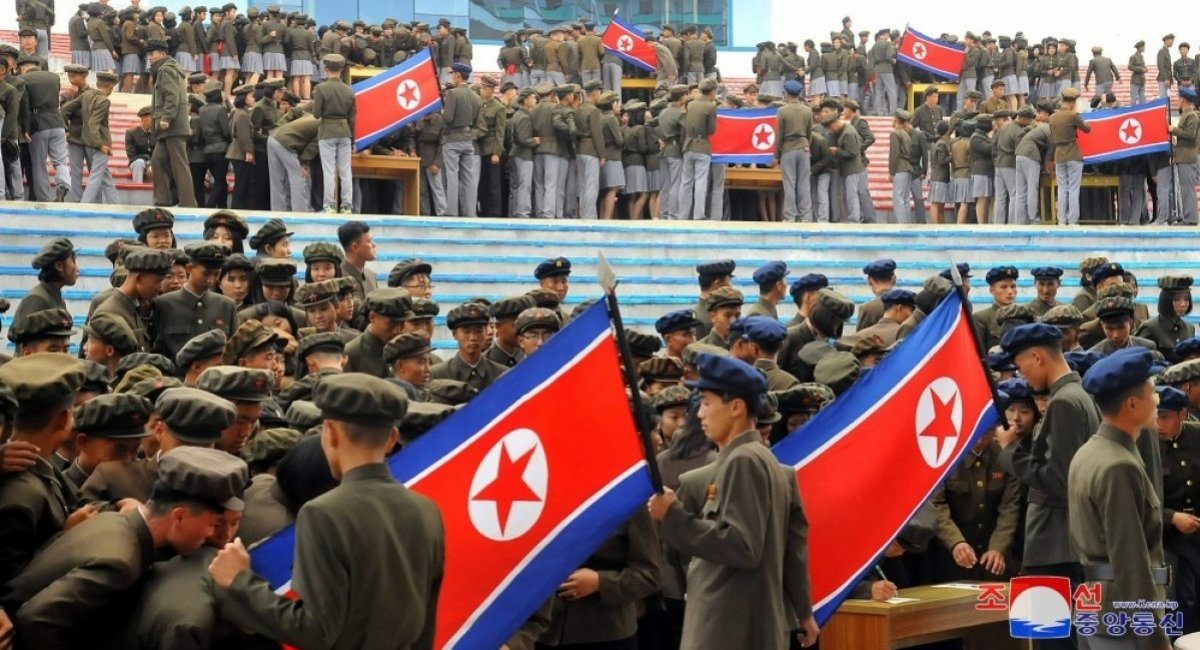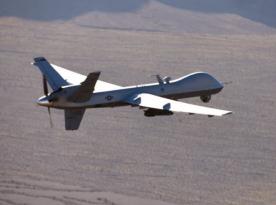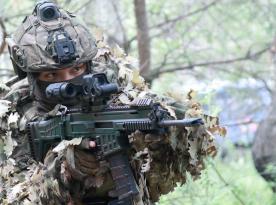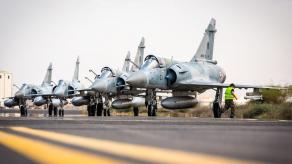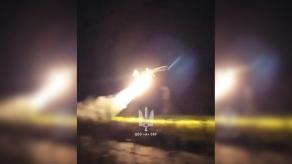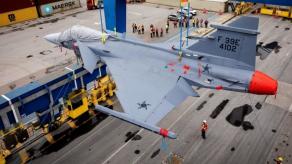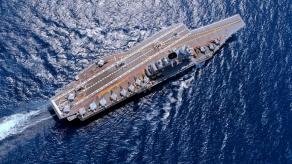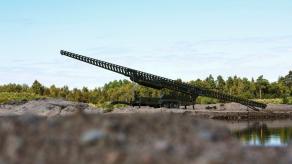Pyongyang is receiving both technologies and ready-made solutions from russia to begin domestic production of Shahed-series long-range kamikaze drones. The Juche regime is also preparing to supply manpower — this time under the guise of "labor migrants" and at far lower costs.
There are already concrete agreements in place between russia and North Korea to this effect, according to Kyrylo Budanov, Chief of Ukraine’s Defense Intelligence, speaking to The War Zone.
Read more: russia Can’t Build New MiG-31Ks: Every Loss of Kinzhal Carrier Hits Hard
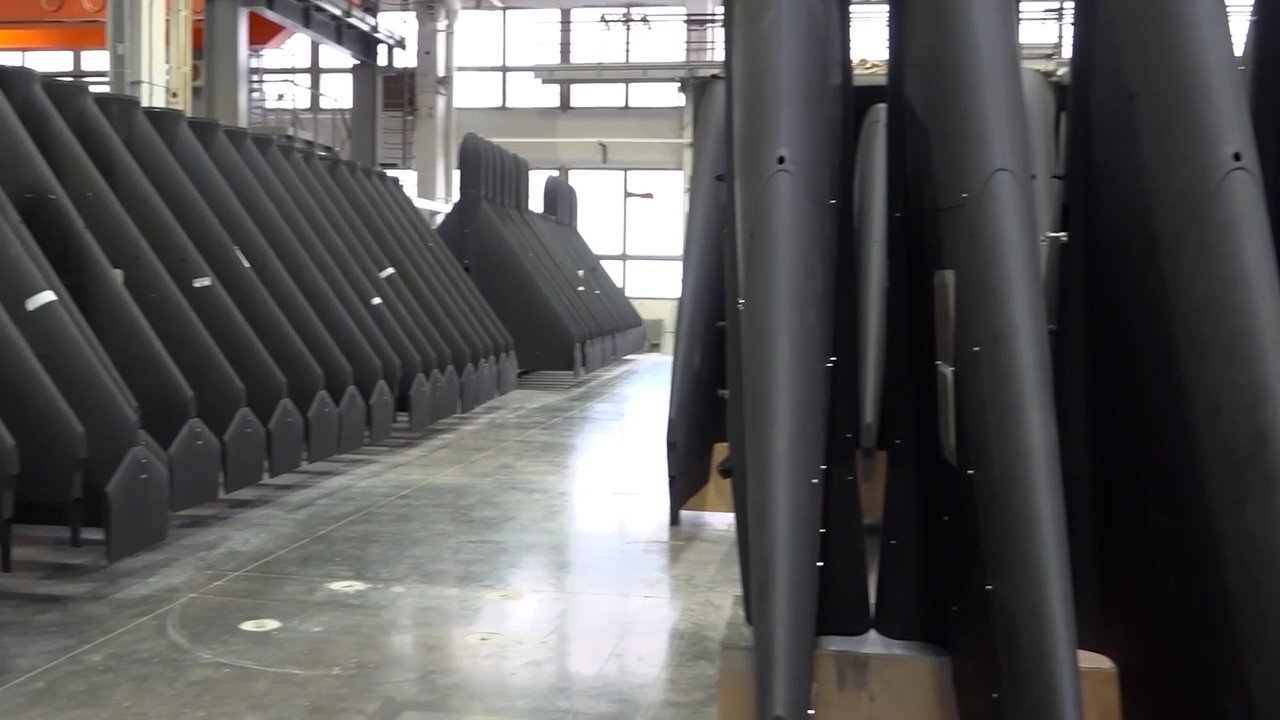
North Korean Shaheds: For russia, vs. South Korea, or Both?
Defense Express notes that plans for drone production in the DPRK were reported as early as February 2025, though the type, i.e. that it will be Shahed specifically, was not confirmed at the time. Ukraine’s Defense Intelligence has not disclosed any projected timeline for the start of serial production or the anticipated output levels.
However, when estimating timelines for setting up such production, traditional benchmarks of 1–2 years may not apply to North Korea. The process could be forcefully accelerated.
After all, North Korea has previously demonstrated the ability to rapidly master new technological processes, especially with russian support. A recent example is the swift construction of the new Choe Hyon–class missile destroyers in the speed-first, quality-second approach. Despite one collapsing during launch, it was returned to a vertical position in just 12 days using manual labor, tethers, and balloons.
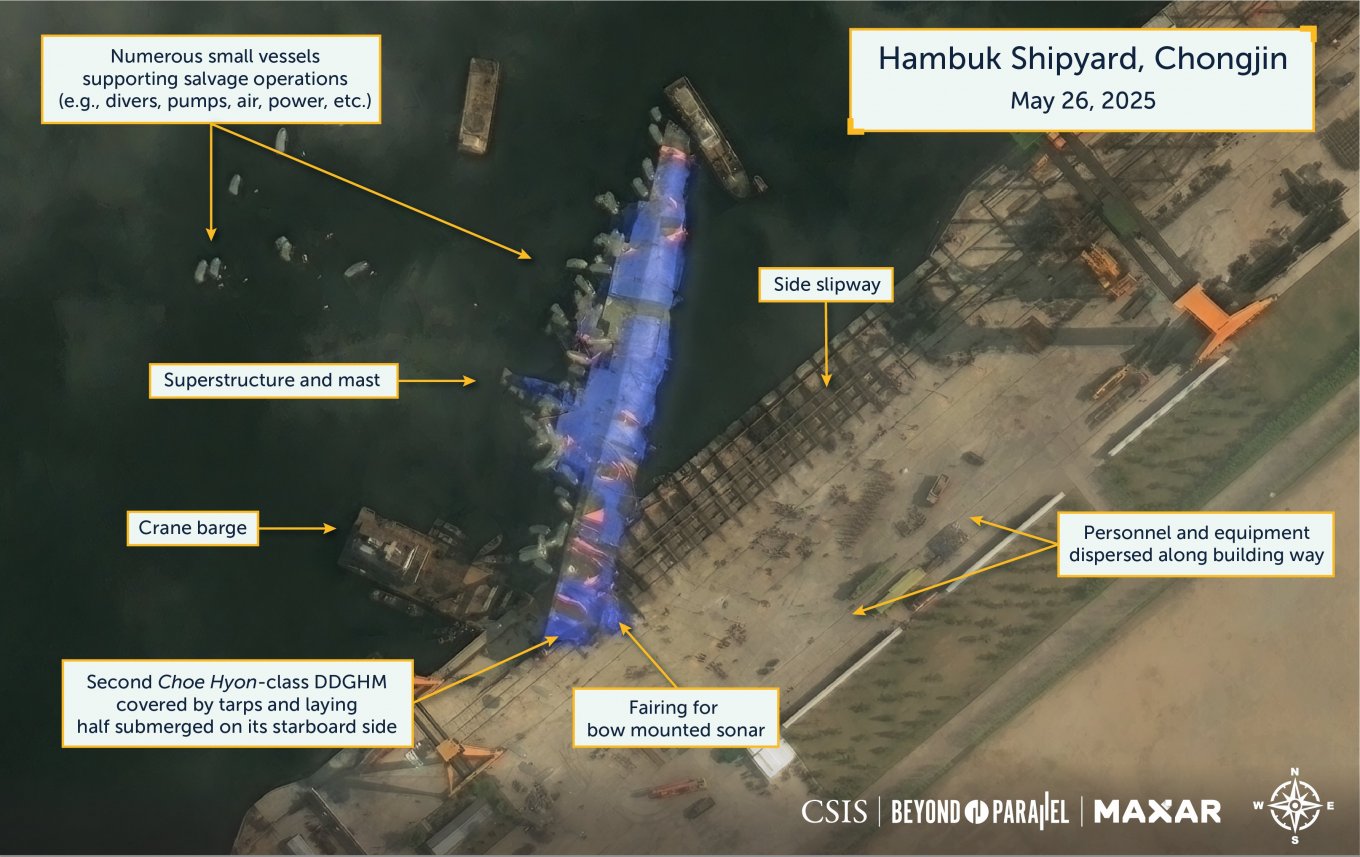
As Budanov emphasized, the domestic production of Shaheds in North Korea presents more than just a threat to Ukraine. On one hand, it does open the door to supplying russia with a consistent stream of cheap attack drones for use against Ukraine.
On the other, it enables Pyongyang to build a stockpile for potential use against South Korea. For Seoul, the risk is particularly acute: the country struggled to counter even a small-scale incursion by five unarmed North Korean UAVs in December 2022.
During that incident, South Korea lost a KA-1 light attack aircraft, and its M167 Vulcan anti-aircraft gun crews failed to shoot down the drones. Seoul recognized vulnerabilities to drone attacks. Subsequent drills involving AH-64E Apaches and AH-1 Cobras sought to address these weaknesses, but overall progress in anti-drone capabilities has been limited.

A downed North Korean drone, December 26, 2022
(Military) Labor Migrants From North Korea
Budanov also warned that russia is preparing to reinforce its military manpower pool with North Korean "laborers." Unlike the previous deployment of special forces from Pyongyang, this scheme would involve much less trained personnel — essentially expendable cannon fodder.
The new arrangement envisions North Korean workers replacing Central Asian labor migrants, whom the Kremlin now considers politically unreliable. Once on russian territory, these North Koreans would only need to sign a contract with the Ministry of Defense to be integrated into the armed forces. They would be registered as russian citizens, allowing the Kremlin to use them militarily without any formal involvement from Pyongyang.

This agreement has already been concluded, and Ukraine’s Defense Intelligence is working to verify the number of personnel Kim Jong-un is prepared to "sell." It should be noted that, formally, all North Korean citizens (approximately 26 million people) undergo basic military training. At the same time, the regime’s armed forces rely heavily on vast industrial "labor reserves" rather than conventional volunteer soldiers.
North Korean men serve compulsory military terms of 10–12 years, while women serve for five. But for the Kremlin, such distinctions are largely irrelevant: it views even its own human resources as expendable and employs them within a "cannon fodder" doctrine.
Importantly, North Korea has not only sent soldiers to russia, but also senior military officers, generals and other representatives of higher military leadership, up to the Deputy Chief of the General Staff. This participation allows Pyongyang’s military commanders to gain valuable real war experience, laying the groundwork for future regional conflicts.
Read more: North Korea Received At Least One Pantsir-S1 from russia to Renovate its Archaic Air Defense Fleet




